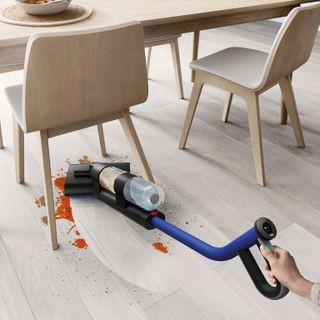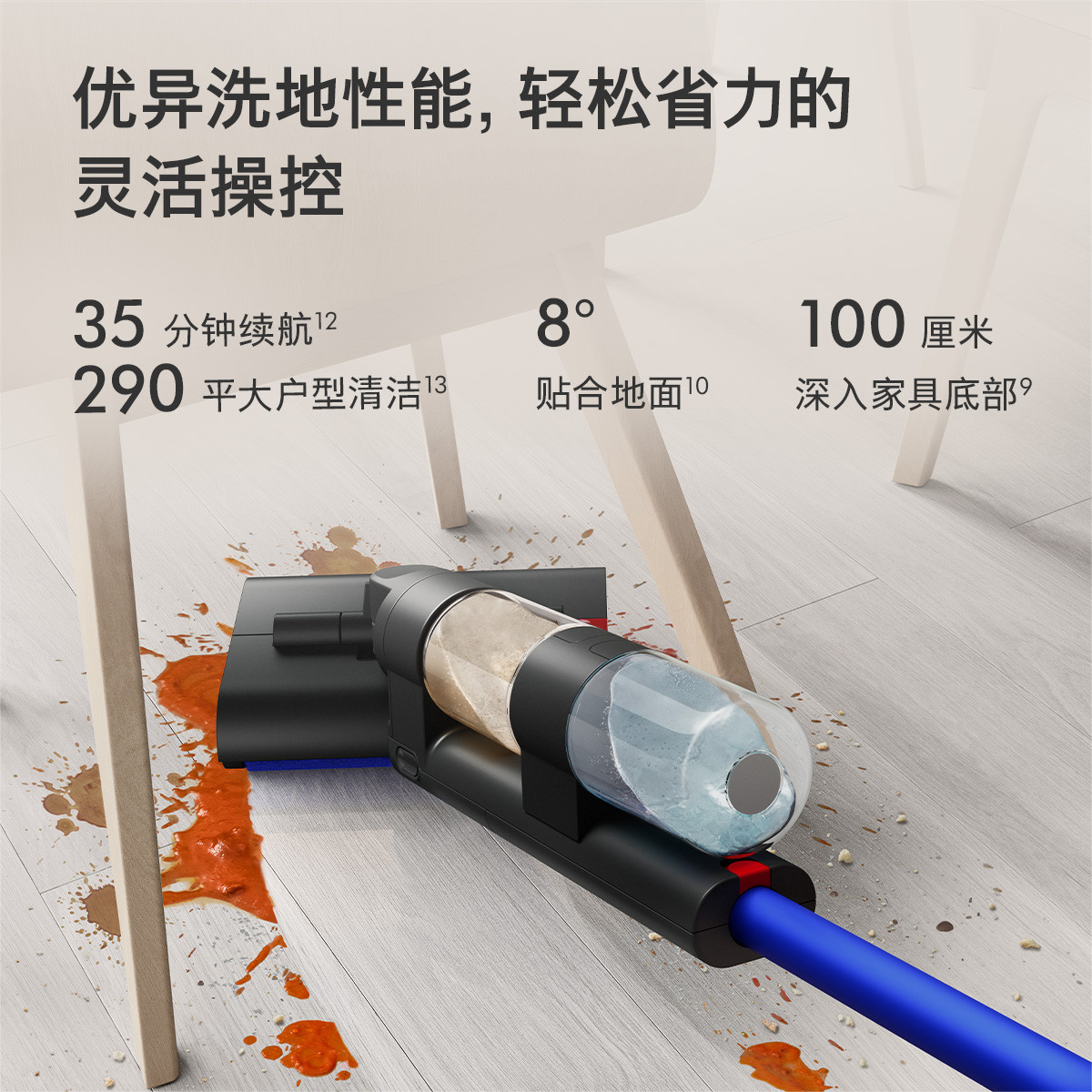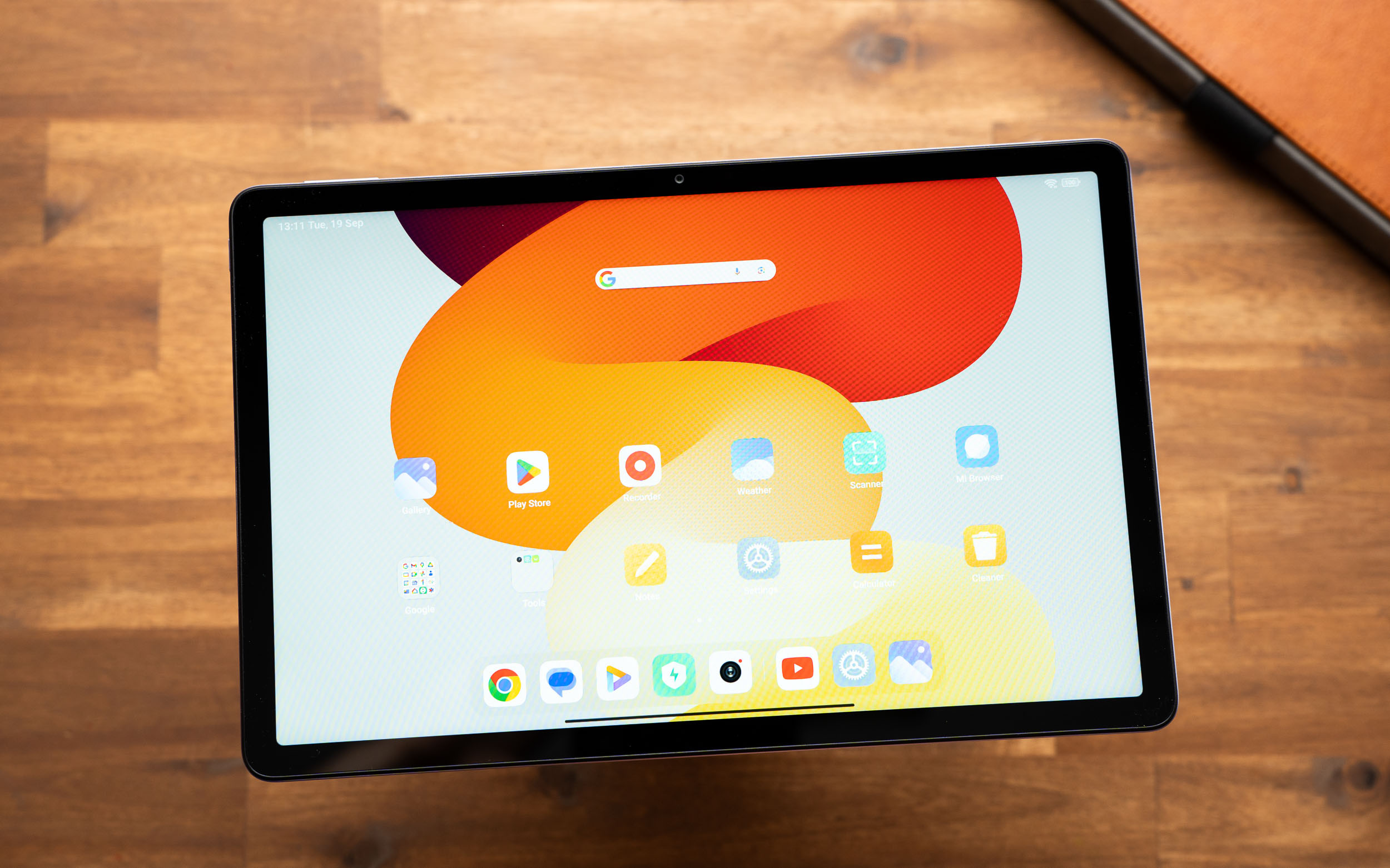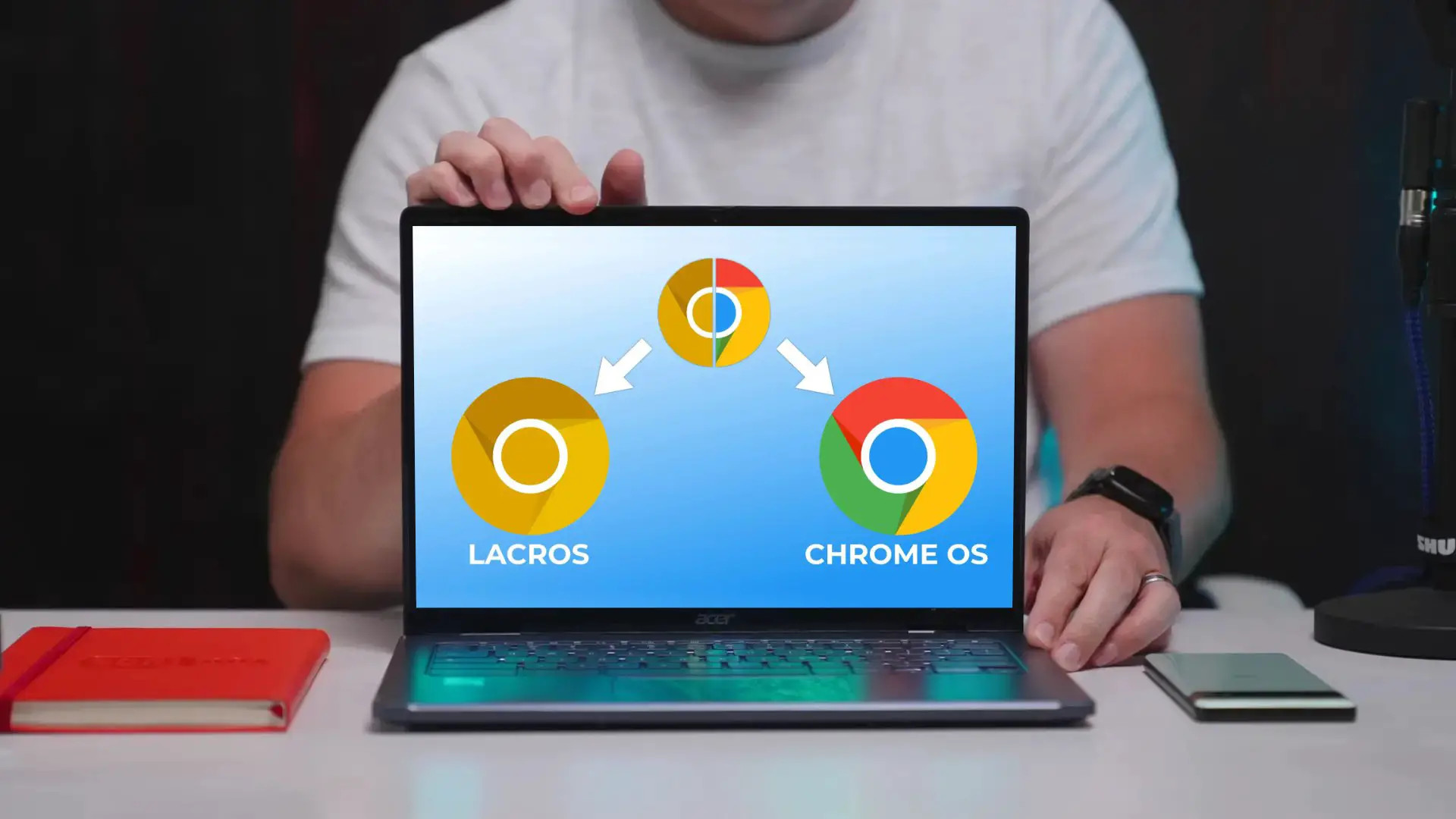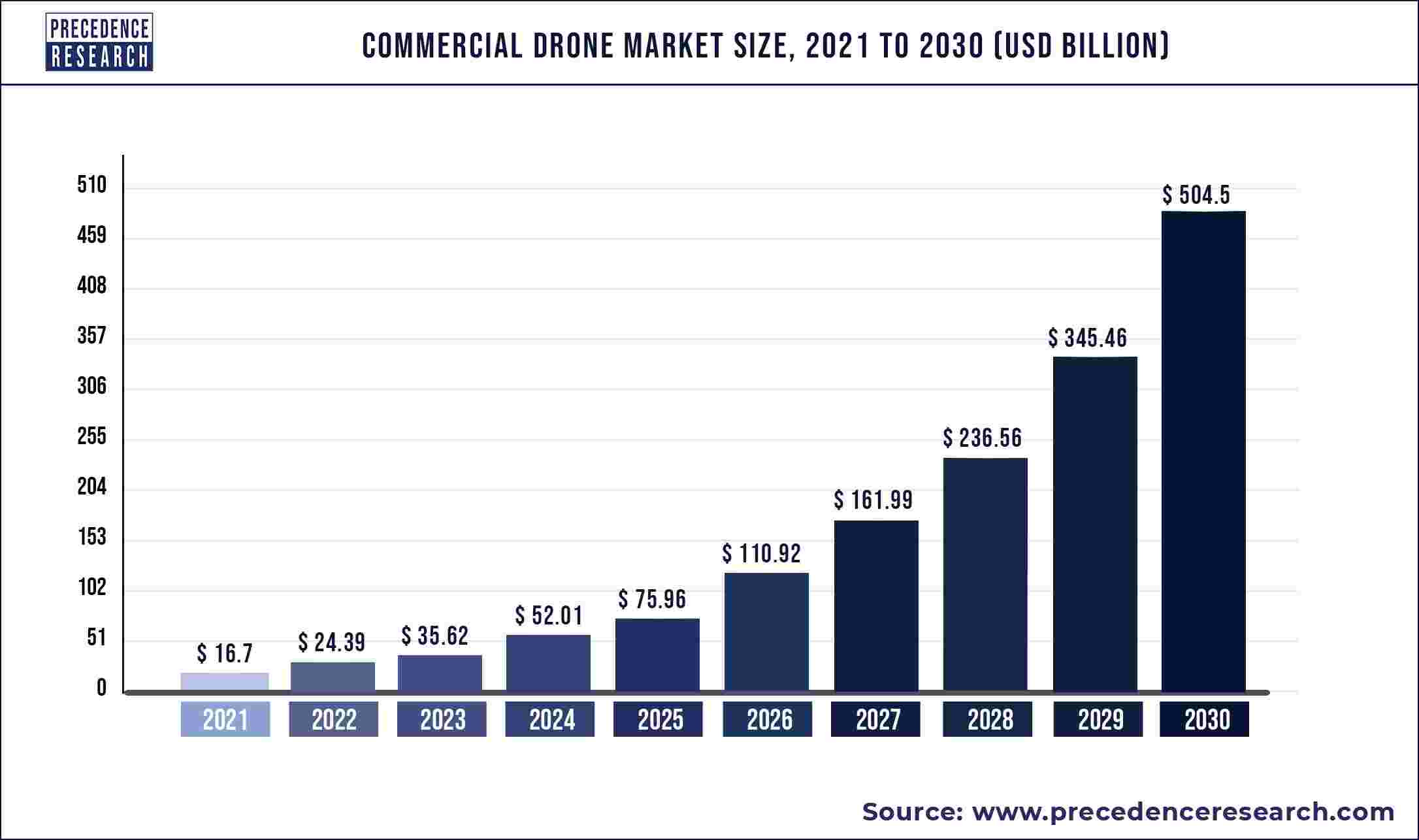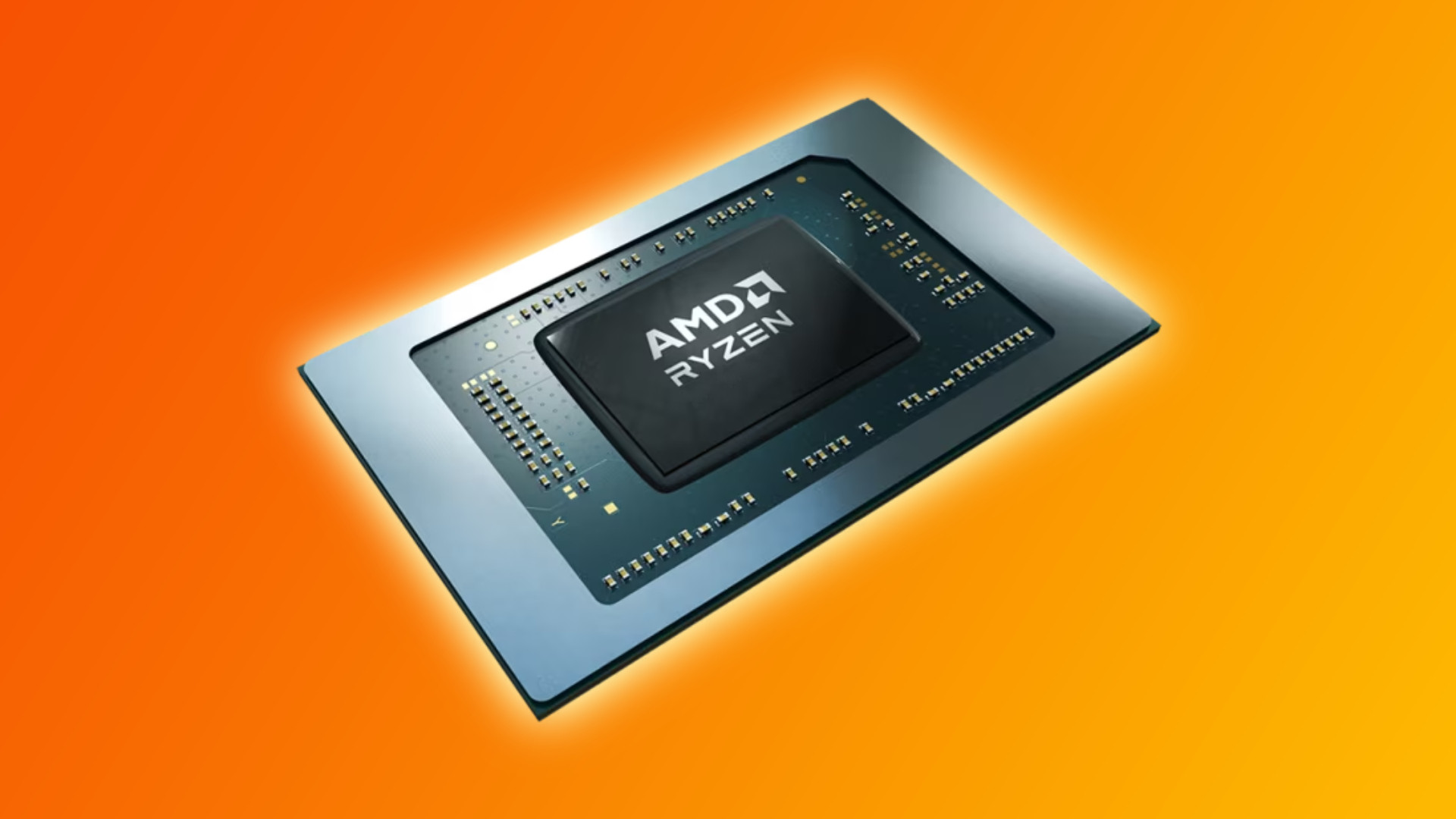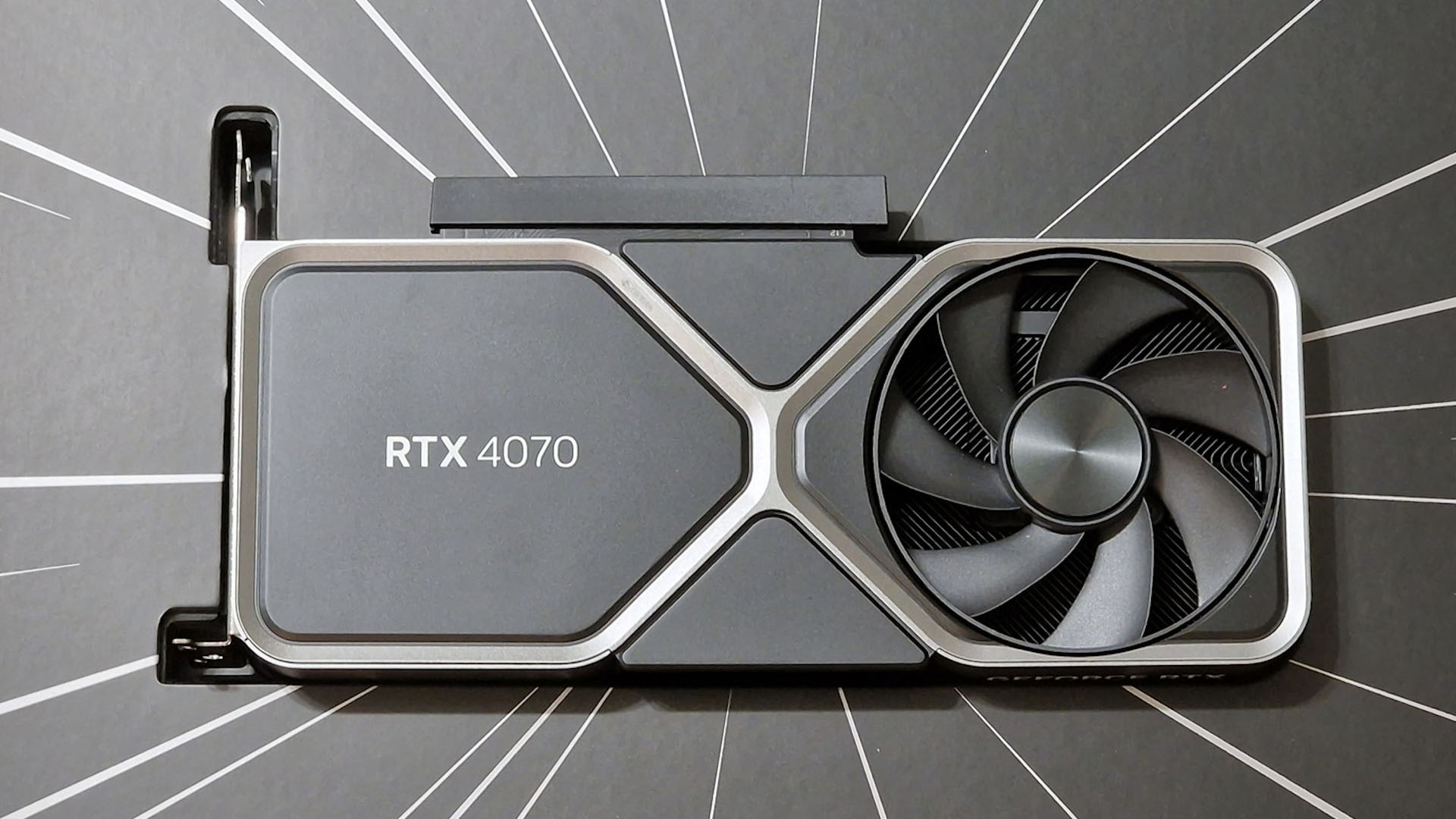If you're in the market for a high-tech mop to get all the stains and marks out, of your hard floors, Dyson has launched a new wet floor cleaner dubbed the WashG1.
The tech pioneer Dyson said WashG1 is its first all-in-one wet cleaning system for hard floors. The firm said it removes wet and dry dirt in one go using clean water from start to finish. Wash G1 powerfully tackles spills, debris, hair and tough dried-on stains on all hard floor types. And it self cleans in just 140 seconds.
The new product line is the company’s first dedicated mopping device and goes on sale today priced €699. You can pay in three interest-free instalments using Klarna.
To be clear, Dyson already sold an upright vacuum and mop cleaning system — the Dyson Submarine — but WashG1, which was announced earlier this year, serves just one purpose and that is mopping.
Design-wise, WashG1 is instantly recognisable as a Dyson product. The firm said floors should be left with "a barefoot clean feel" after one run of the WashG1 — no more having to fence the kitchen off to wait for the floor to dry after it has been mopped.
Dyson WashG1 relies on mechanical agitation to clean up wet spills, picks up dirt and debris, and gives your hard floors a thorough clean.
It separates dirty and clean water with two independent tanks and features a debris tray for easy disposal of dry debris. There are three cleaning modes let you set the hydration level to suit your task: level one, level two, or level three. This means you can tackle anything from light spills, to sticky liquids and dried-on stains.
According to the firm, the big problem its engineers set out to solve is that most mops spread dirty water over your floor when mopping.
The company thinks it’s solved this conundrum by constantly pulsing clean water onto its two rolling microfibre mop heads while they work. Instead of users pushing the mop back and forth, Dyson uses mechanical agitation with counter-rotating rollers which scrub up dried-on stains. All this means little effort for the user who should just need to guide it while it does the hard work.
You still need to empty the dirty water and clean the debris tray manually, incidentally. But the firm said the tray and other components are dishwasher safe. And the WashG1 can self-clean its rollers in just 140 seconds, so it’s ready to go the next time you need to clean the floors.
Microfibre filament rollers counter-rotate to tackle spills, debris and dried-on stains at the same time. Dyson WashG1 is easy to manoeuvre thanks to the matched pace of the counter-rotating rollers, which create a lightweight feeling during use.
G1’s rollers span the full width of the cleaner head for edge-to-edge cleaning. It’s a hygienic machine thanks to the easy-clean water containers that have no hard-to-reach edges for dirt and grime to build-up. The removable debris tray in the roller head that slots in and out for easy disposal too.
And you can customise the hydration control depending on your floor type and the level of cleaning you require.
The company said battery life will be up to 35 minutes, and a full one-litre tank of clean water can mop up to 290 square metres.
Charlie Park, VP of Dyson Home Engineering at Dyson, said: “Dyson engineers solve the problems others ignore and we thrive on the challenge of creating better technology. The Dyson WashG1 is the result of this; our first dedicated wet machine to wash hard floors, properly and hygienically.”
Dyson WashG1 is available now, directly from Dyson for €699.99. You can pay in three interest-free instalments using Klarna. You can also buy a range of Dyson products on Amazon.
Many years before I moved into my one-bed haven, I was in a houseshare with three boys. Lovely people, but our views on cleanliness… let’s just say they differed, like Trump and Harris.
The bathroom sink was freckled with their beard trimmings (sometimes landing on toothbrushes), they littered the living room with dirty plates for days on end, and their approach to cleaning up kitchen floor spills was to simply let them evaporate.
Refusing to tidy after them (feminism and all that), I monitored a puddle of spilt milk shrink over a summer weekend, filling the kitchen with a rank, sour smell. Needless to say, I’m thrilled that I’ve left my house-sharing days behind.
Mind you, if we’d all chipped in for Dyson’s new WashG1 Wet Floor cleaner, we’d probably be fighting over who got to clean up the mess instead.
Dyson’s new cleaner is designed to clean up spills, grime and dirt across kitchens, bathrooms and living spaces with just water. Does it live up to the hype, or will I find myself frowning over more spilt milk? I took it for a spin to see.
Dyson’s cleaner comes in a compact box that stands about thigh height with all parts held in place by folded cardboard wedging and inserts. I noticed a lack of glue, which means the waste will be easier to recycle.
Some plastic protected the plugs and were used in cable ties but it’s clear Dyson is making an effort to cut back as much as it possibly can. Tick.
Instructions are illustrated in a series of diagrams inside the box (sidestepping more paper waste) and are intuitive, although there is a QR code, plus searchable online guides to help if you need them.
Connecting the handle to the water tanks and the cleaner head is step one. Step two is snapping the charging base and one other part together. Allow the cleaner to power up on its base before taking it out for a first spin. Oh, and never use the machine without adding clean tap water to the upper tank first as failing to can cause it to overheat.
The main thing to note is the dual water tanks - this is what separates the WashG1 from the rest. The upper tank should be filled with tap water and reattached to the cleaner: this is used to hydrate the rollers on the vacuum head. Dirty water is funnelled into the lower tank and must be emptied into the sink afterwards, but it’s a simple process that keeps your paws away from icky water.
Similarly, the self-clean mode sheds solid detritus like crumbs, dust and hair from the head’s rollers and into a tray insert which can be popped out and chucked in the bin without getting your hands dirty.
Two controls are set on the handle, making them easy to operate one-handed - good news if you’re hastily shoving stuff out of the path of the WashG1. Above the two buttons, you’ll find a circular LED display through which you can scroll through options, including water levels (low to high, with drops ascending from one to three to demonstrate intensity) and self-cleaning mode, which should be run after you’ve finished a session.
Handling the vacuum is a dream; it can get low to the ground to clean under beds and sofas and the rollers excel at removing food splatters, drink spills and rug tape residue off my laminate flooring. The cleaner head manoeuvres around tight corners and right up to the skirting board when approached side-on. The counter-rotating rollers are real workhorses, agitating dried-on stains with each pass until they’re toast. If you’ve got a really stubborn stain on your hands, increase the water level to get rid of it.
Two bugbears: if you have many area rugs, as I do, you’ll need to remove them before cleaning with the WashG1 - it won’t work on anything but hard floors. And in the bathroom, the vacuum’s head couldn’t fit around the base of my pedestal sink or loo, so some jobs will still have to be seen to manually.
Look, it’s Dyson and it’s new - it’s going to be expensive. The question is, is this worth the £600 dent to your bank balance?
If your home is wall-to-wall hard floors - as many are these days - then getting Dyson’s cleaner makes sense. Similarly, if you feel as though you’re spending your life mopping up sticky food spills and muddy paw prints off your kitchen, hall and bathroom floors, the WashG1 is much cleaner and more efficient than a regulation mop and bucket.
Plus you don’t need to fill it with anything other than clean water, so there’s no onwards expense after the initial purchase and zero toxins to worry about.
Designed to clean hard floors such as laminate, vinyl and sealed wood floors with nothing but tap water, the WashG1 will retire your mop and bucket for good.
Counter-revolving rollers glide across the room and under heavy furniture picking up dry and wet mess quickly and efficiently. Dry dirt is collected into a tray, while dirty water empties into a separate tank, so you’re only ever cleaning with fresh water - perfect if you’re trying to avoid harmful chemicals in a house with pets and kids.
The vacuum can clean right up to wall edges when used side-on, erasing everything from accidental food and drink spills to stubborn stains with three levels of water hydration. All that is left behind is a thin film, which dries quickly so that you’re not saturating floors in water for long periods.
Dyson’s vacuum even has a self-cleaning mode to keep the appliance in good working condition, ready for the next clean.




